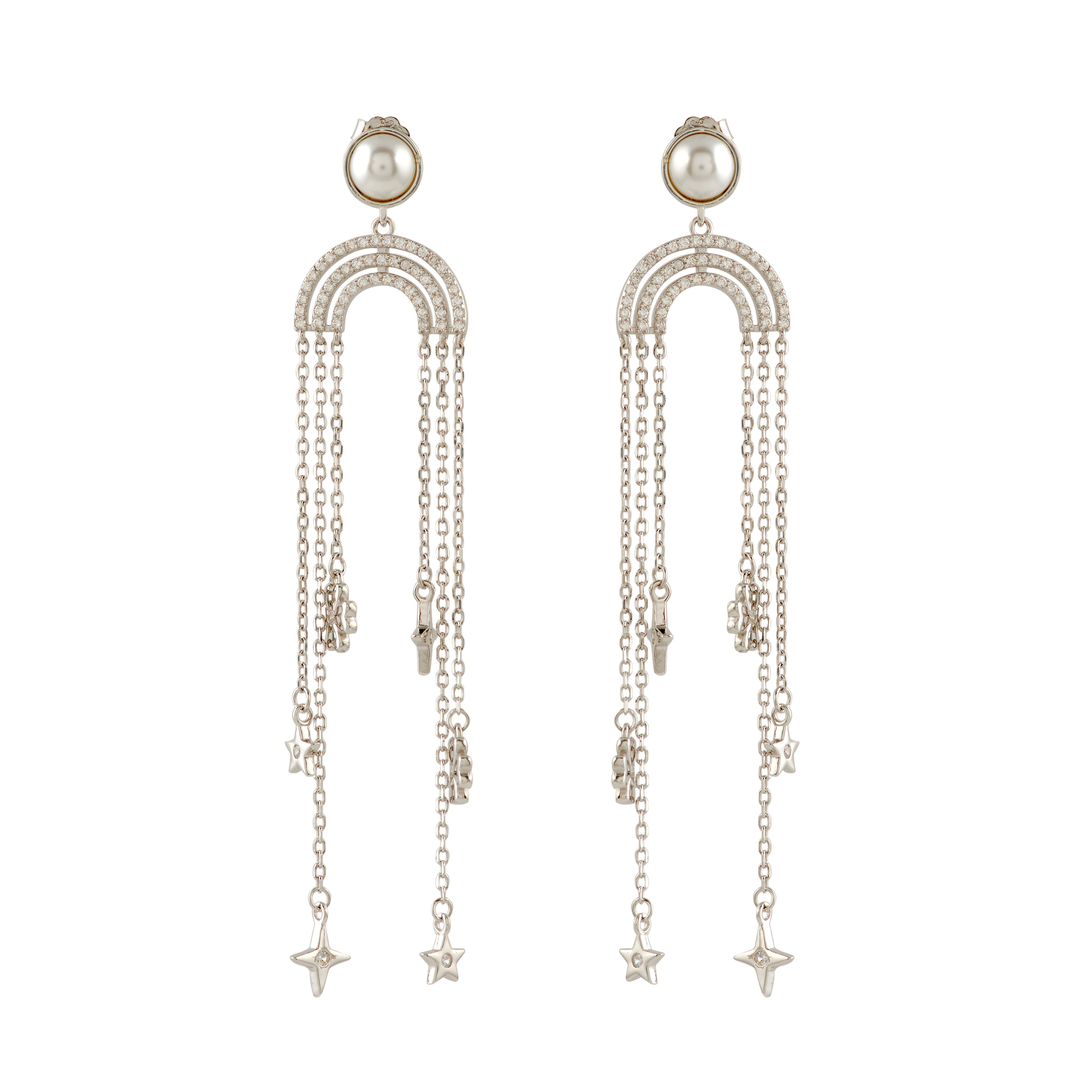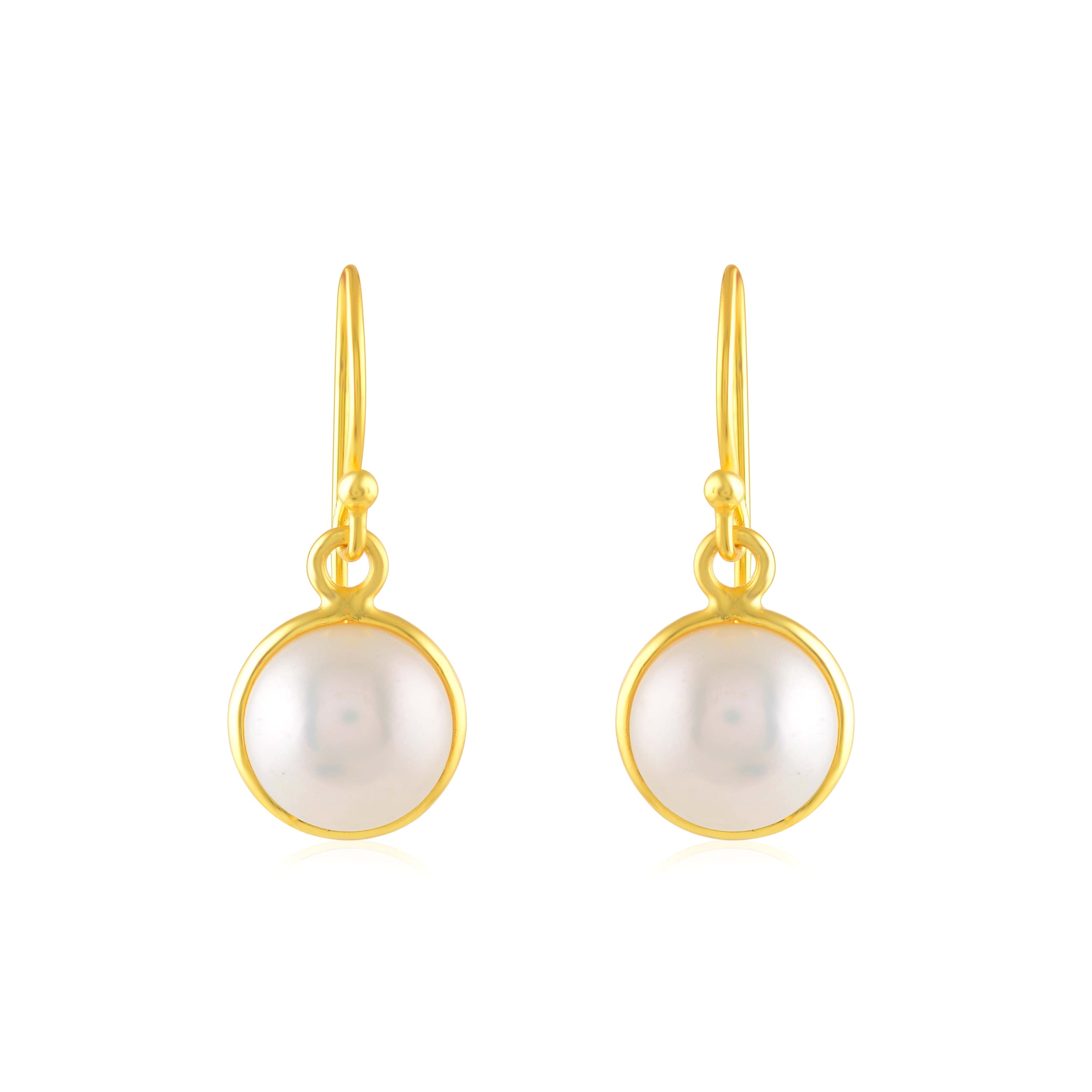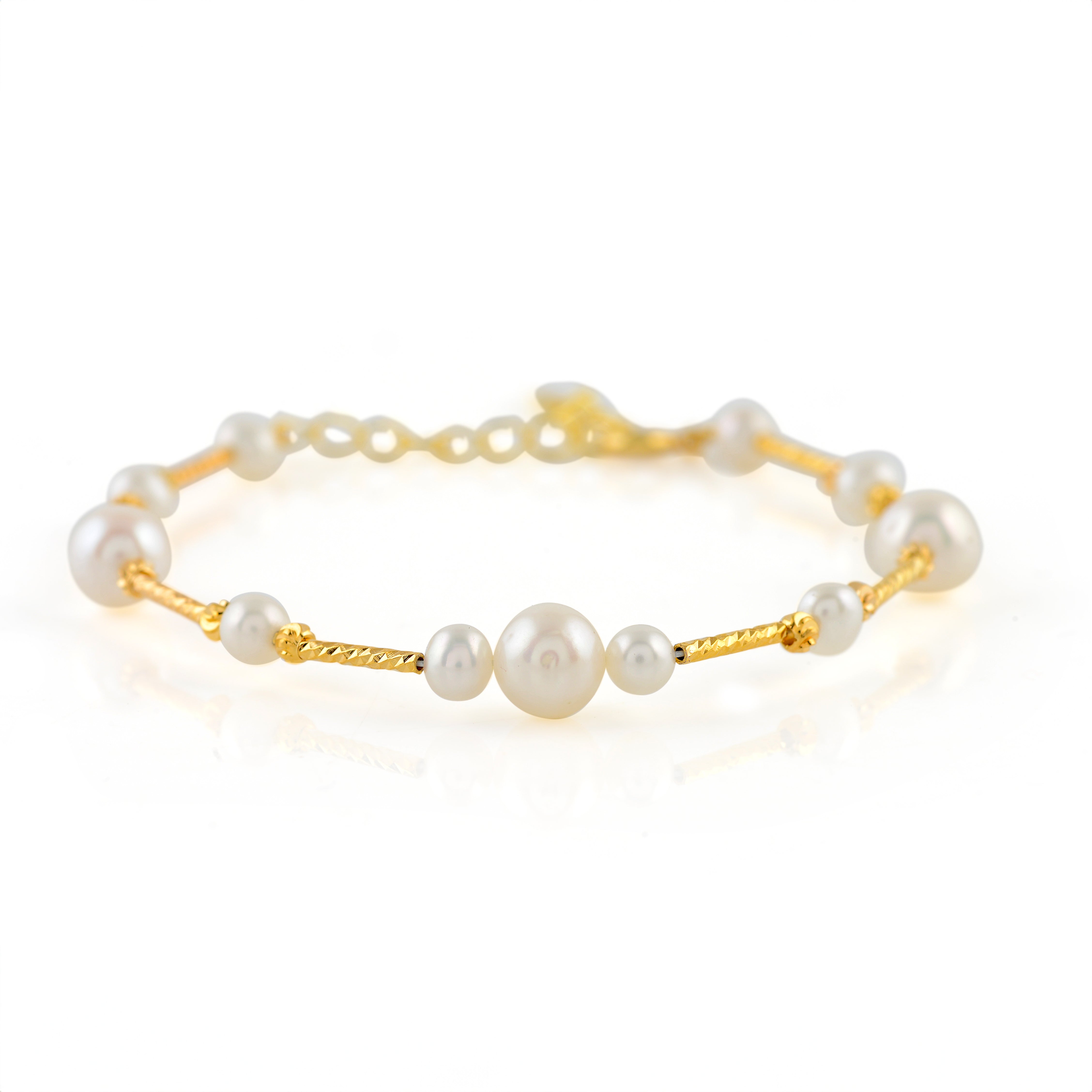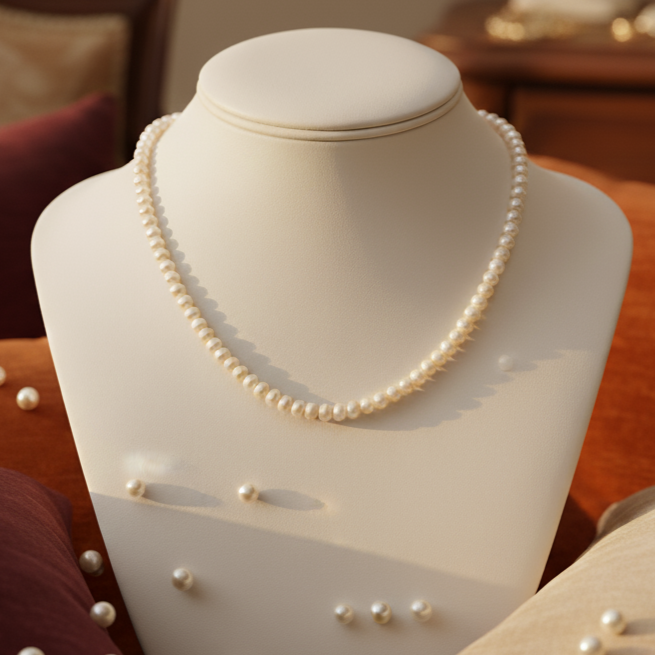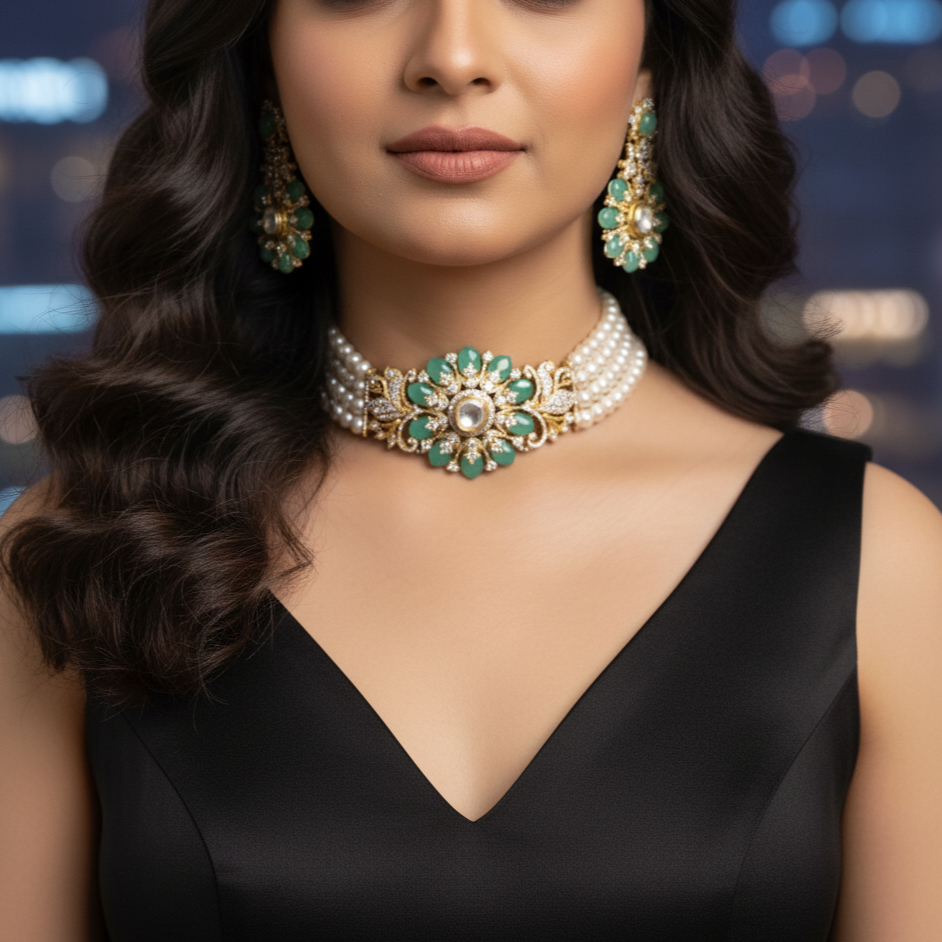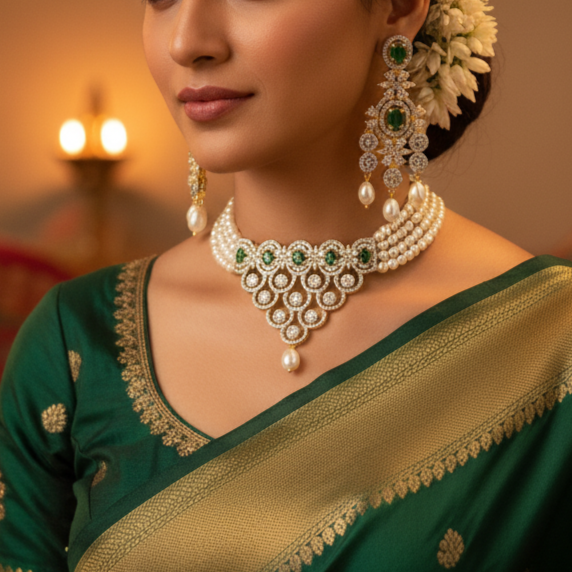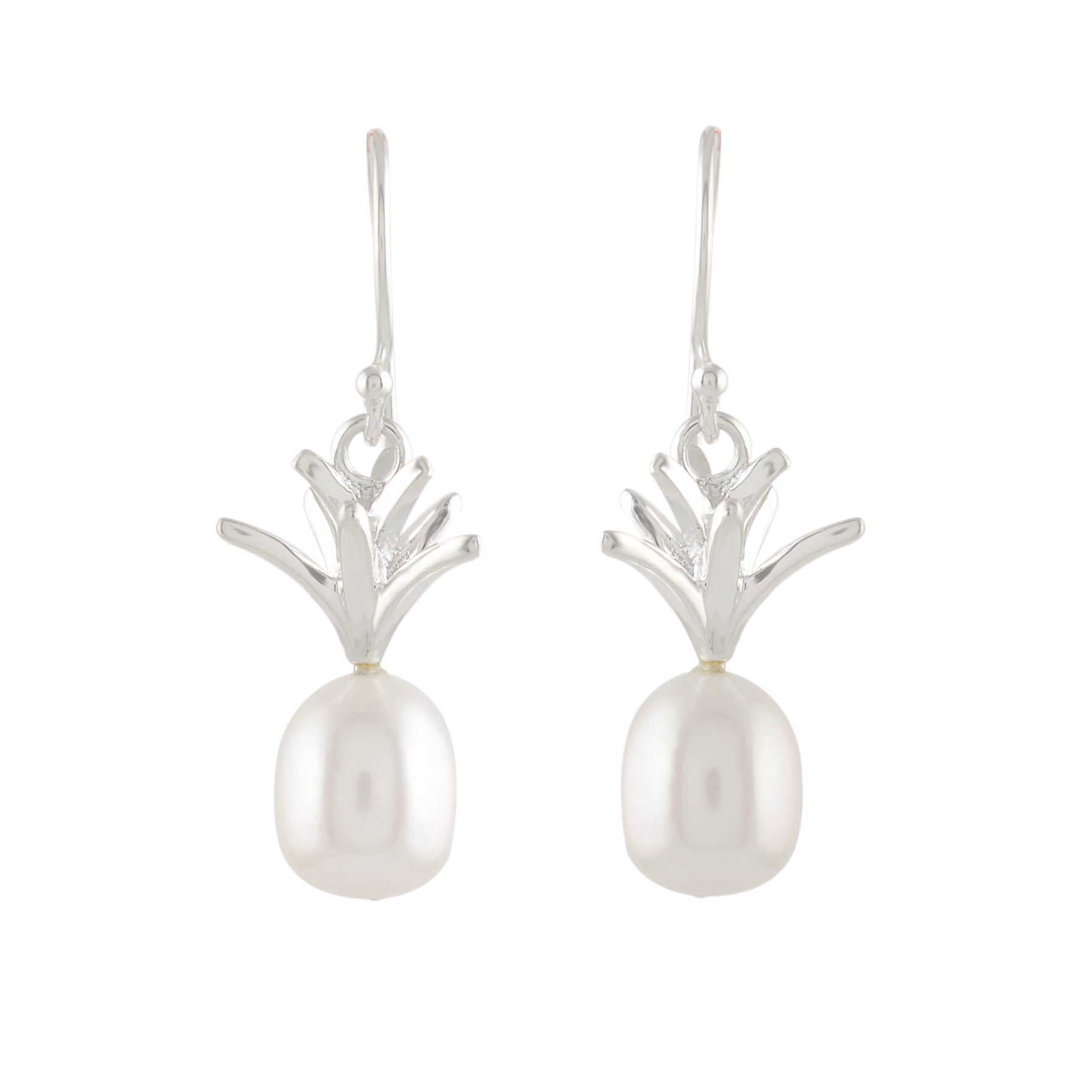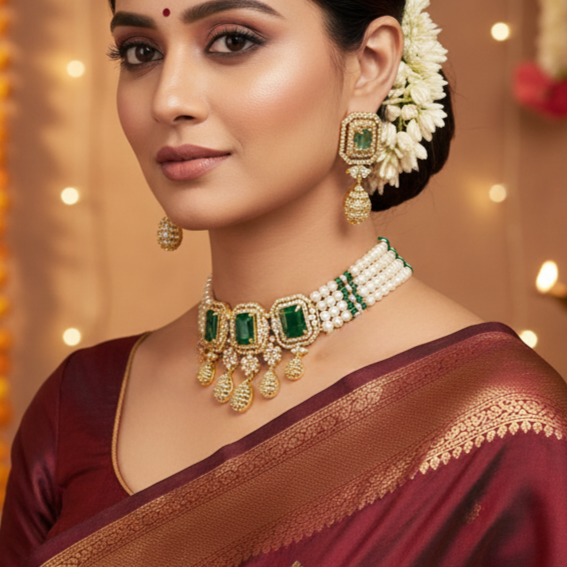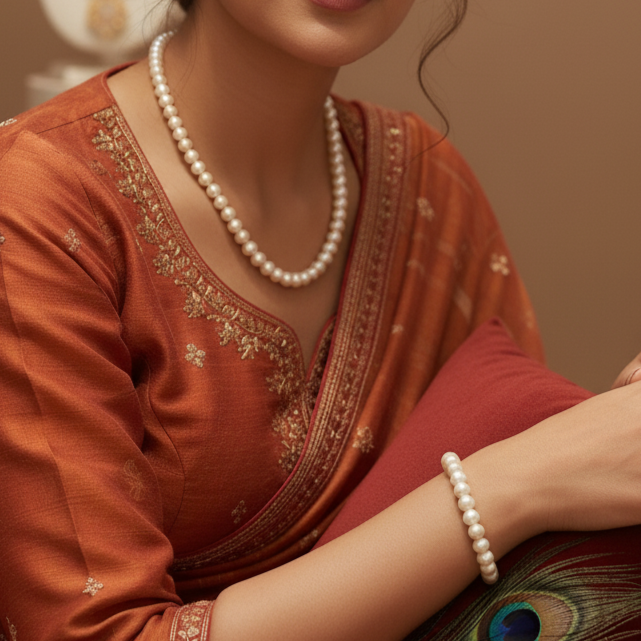A pearl is always a thing of beauty. Many a time, it will win your heart the very moment you lay your eyes upon it. But the real worth of a pearl lies deeper than its surface brilliance. To make things simpler, let it suffice to say that one needs to keep in mind 6 main aspects while trying to determine a pearl’s quality and real worth. These are nacre, luster, surface, shape, color and size. Let’s take a closer look at each factor.
Nacre: Nacre is what lends the characteristic smooth surface to a pearl. In other words, it is directly responsible for the beauty of a pearl. When an irritant or a foreign body is introduced into the oyster, it responds by applying coats of nacre on the irritant. By a rule of thumb, the thicker and smoother the nacre, the more valuable the pearl. Some of the better quality Akoya pearls possess a nacre thickness of about 10-15% of the diameter of the pearl. On the other hand, this could go up to 50% in the case of the more expensive Tahitian pearls.
Luster: Luster refers to the intense natural glow that comes from within the pearl. This is primarily caused by light entering the pearl and getting reflected back through the layers of nacre. The luster quality is a measure of how even and smooth the layers of nacre are. It’s no wonder that pearls with a high quality of luster would let you see your own reflection on their smooth surfaces. On the other hand, pearls with poor or no reflection denote a low quality.
Surface: A smooth, clean and blemish-free surface indicates a higher value for a pearl. A good pearl will always have very little visible marks or blemishes. However, it is important to remember that pearls are created by Nature and should not be expected to have a completely clean and blemish-free surface. In fact, such ‘perfect’ surfaces could indicate an artificial or fake pearl.
Shape: The shape of a pearl is another determining factor for its value. A round and perfectly rotund pearl is the most valuable. However, while everybody looks for a perfectly round pearl, in reality it is something of a rarity. In fact, perfectly round pearls account for a mere 5 – 10% of a typical harvest. Most other pearls vary from semi-round pearls to asymmetrical baroque pearls.
Color: Although it is not a major factor in determining a pearl’s value, it does matter significantly on a personal, more subjective level. In other words, it is mainly a matter of personal taste. Classic white or light cream pearls are perennial favorites. However, dark or other colored pearls can add an element of adventure and boldness that few things else can. The choice is entirely upon the user.
Size: Last but not the least, the size of a pearl can have a big impact on its price. A pearl can be anything between 1mm to 20mm. Cultured pearls usually vary from 6mm to 7.5mm. However, the larger it gets, the steeper the price tag becomes.
Follow The Latest Jewellery Collection
► Like us on Facebook: https://bit.ly/2Kcdt4W
► Follow us on Instagram: https://bit.ly/32YeWnX
► Follow us on Twitter: https://twitter.com/KPJHyd
► Shop Online: https://www.krishnapearls.com/
► Visit Website: http://www.krishnajewellers.com
For More Pearl Jewellery Designs Call (or) Whats App@ +91-9248036721 Shop Online at www.krishnapearls.com (or) visit our store Krishna Pearls at Jubilee Hills, Hyderabad and for more details Contact Us @ +91-9248036721.


